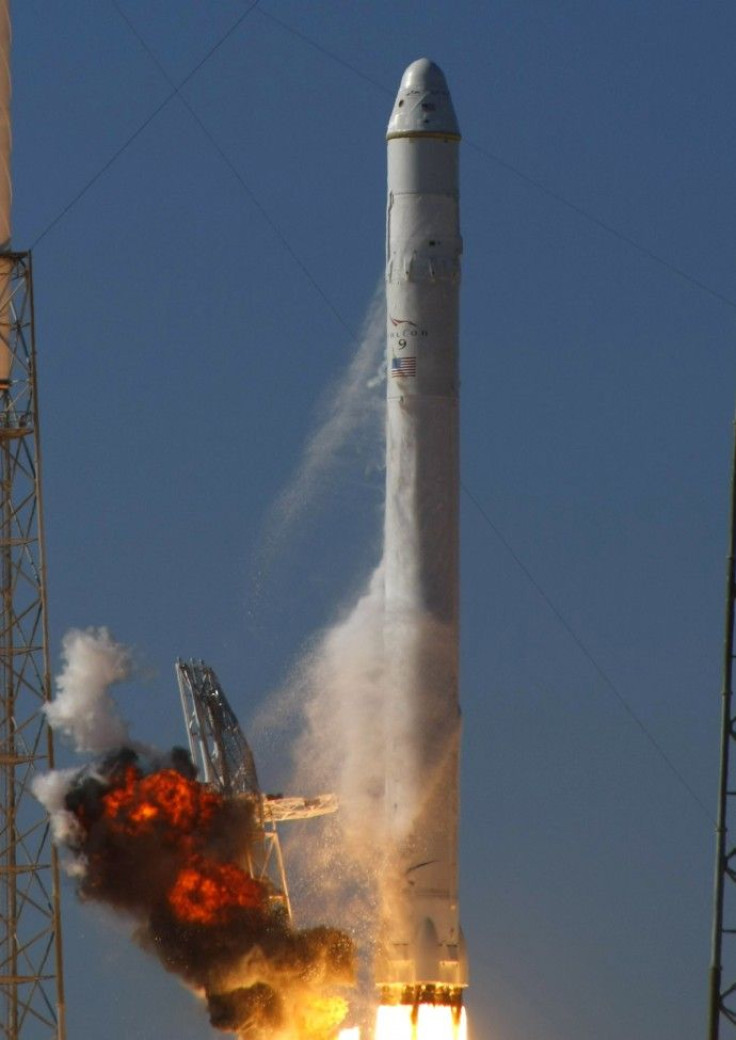SpaceX Brings First Commercial Spacecraft Back From Orbit

For the first time, a private company has successfully launched a spacecraft to orbit and returned it to Earth.
SpaceX, the commercial space transport company started by PayPal co-founder Elon Musk, launched its Dragon spacecraft atop its Falcon 9 rocket from Cape Canaveral, Fla., Wednesday at 10:43 AM Eastern time. Three and a half hours later the Dragon was recovered from the Pacific Ocean, similar to the first manned flights in the 1960s.
While launching satellites to orbit has been commercialized for decades, only a small number of government entities have launched spacecraft to orbit and had them re-enter the atmosphere for recovery. Aside from the U.S. and Russia only the European Space Agency, Japan, China and India have done so.
The Dragon and its launcher are part of NASA's Commercial Orbital Transportation Services program, which is designed to replace the aging Space Shuttle fleet. The Shuttle was to be retired in 2011, but there are plans to keep it flying while the Dragon is in development.
Alan Lindenmoyer, manager of the crew and cargo program at NASA, noted after the launch that only about a third of new launch vehicles is a success on the first flight. He said before the launch he was thinking about anomalies and how to talk about them after the mission. I am really glad not to be giving that speech, he said.
Musk, who is the chief technology officer of SpaceX, noted that the mission went nearly as well as it could have gone. I think it's just a testament to the incredible work of people at SpaceX, he said. For a rocket to work and a spacecraft to work, they're both incredibly complex devices. There's so much that can go wrong... I'm sort of in semi-shock.
He added that the COTS model is a great example of a public-private partnership.
Musk added that the spacecraft could have handled a manned flight as well. The vehicle you saw today could easily transport people, he said. If there were people on board they would have had a very nice ride.
There will be an escape system added to the manned version, he said. The next generation of Dragon spacecraft will also be able to perform propulsive landings, meaning that instead of simply falling back to Earth and using the atmosphere and parachutes to brake, the craft will land in a way similar to the way the lunar expeditions landed, under rocket power. The architecture you saw here was similar to the Apollo era, he said. We're going to push the technology.
The SPaceX craft, if it is finally adopted by NASA, will offer the United States the ability to launch supplies and crew to the International Space Station. Without it, the Shuttle's retirement would leave the U.S. dependent on Russia.
Musk said the Dragon and Falcon spacecraft should be ready for ISS missions by the middle of next year. Most of the improvements, he said, would be in the electronics and the addition of solar panels.
© Copyright IBTimes 2024. All rights reserved.











